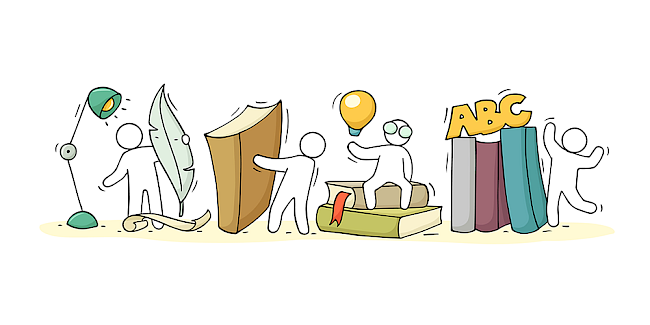Reading at Furzeham Primary and Nursey
Reading is really at the heart of education and underpins every subject as well as providing the life- long skills and pleasure in reading. With our Accelerated Reader program each pupil starts off by taking a quiz on the computer, led by the teacher, to ascertain which book will be appropriate for them. Once your child has finished the book they can quiz themselves on the computer at school before they move on to the next book, this checks their comprehension.
In order for your child to progress quickly, we are giving a dedicated time in class every day for your child to read uninterrupted and we of course ask that they can read at home for at least ten minutes each evening (twenty minutes if they are in Year 5 or 6.) This will be rewarded with certificates and praise in school. If your child is in Key Stage One then they will remain on the colour banded book scheme until they are ready to move on to the accelerated reader scheme.


